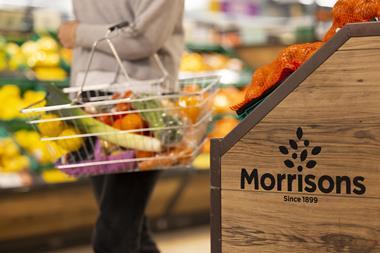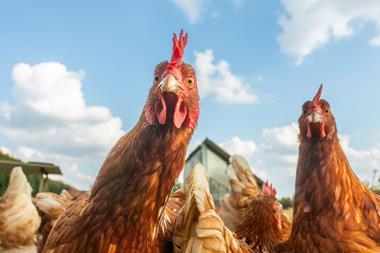
Businesses can mostly charge whatever prices they like. It’s the fear of losing sales to competitors that keeps prices down. So at a time when many families are struggling to afford food, it’s no surprise that the Competition & Markets Authority wants to check whether competition is working well in the grocery sector.
The CMA published its report last week, which found competition between grocery retailers is working very well indeed. It said profit margins were down and the discounters’ market shares were up, which suggests supermarkets are not passing on all their cost increases, and consumers are willing and able to shop around for the best deals. There were sighs of relief among the big supermarkets, for whom the CMA’s investigation posed significant reputational risks.
To be honest, supermarkets never seemed likely to be the profiteering villains in the cost of living crisis. It’s a high-profile sector with cut-throat competition, plenty of competitors, and heterogeneous business models. Consumers tend to be well informed about their choices and can choose between the largest national players, lower-cost discounters, variety retailers, local shops, and online retailers such as Amazon and Ocado. The CMA even blocked Sainsbury’s attempted acquisition of Asda four years ago in order to preserve that level of competition, in a controversial decision that the CMA may feel has been vindicated by its recent report.
The retailers seem merely to have been the launchpad for further scrutiny in the sector. The CMA says it will continue to investigate, and will move further up the supply chain to look at branded products.
The watchdog has highlighted operating margins of 10%-15% among fmcg giants, while retailers have 1%-5%. It has also identified certain product categories as areas of particular concern, such as mayonnaise, petfood, lemonade and baked beans (prices in these categories have risen by a whopping 57%, 51%, 43% and 42% respectively in 16 months).
While some price increases are likely to be justified by rising input prices, companies with large market shares in these product categories will need to think carefully about how to engage with the CMA. Even in the absence of illegality, the CMA has significant bullying power at its disposal and can inflict reputational harm. So companies will need to make sure they have a compelling narrative to tell the CMA about their brand premiums and market power, especially where their products are seen as ‘must stock’ by retailers.
At the same time, the CMA should also look elsewhere for causes of price inflation. The watchdog cannot do much about international energy prices, planning laws, exchange rates, interest rates, Brexit or taxes, but it could look more closely at credit and debit card fees, shipping costs, and the companies that control vital raw materials such as fertiliser.
It would also be myopic to produce reports into retail competition without considering Amazon’s impact on e-commerce and retailing more generally. It seems baffling that the CMA has not yet conducted a market study into Amazon, given the widespread concerns about its increasing stranglehold on retailing in the UK.
The CMA hasn’t found any villains yet, but its hunt is far from finished.



















No comments yet